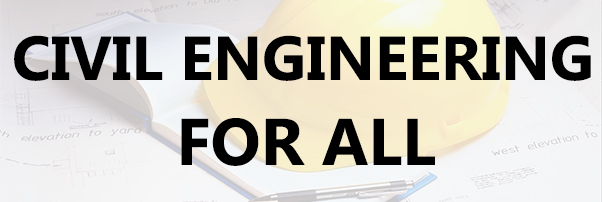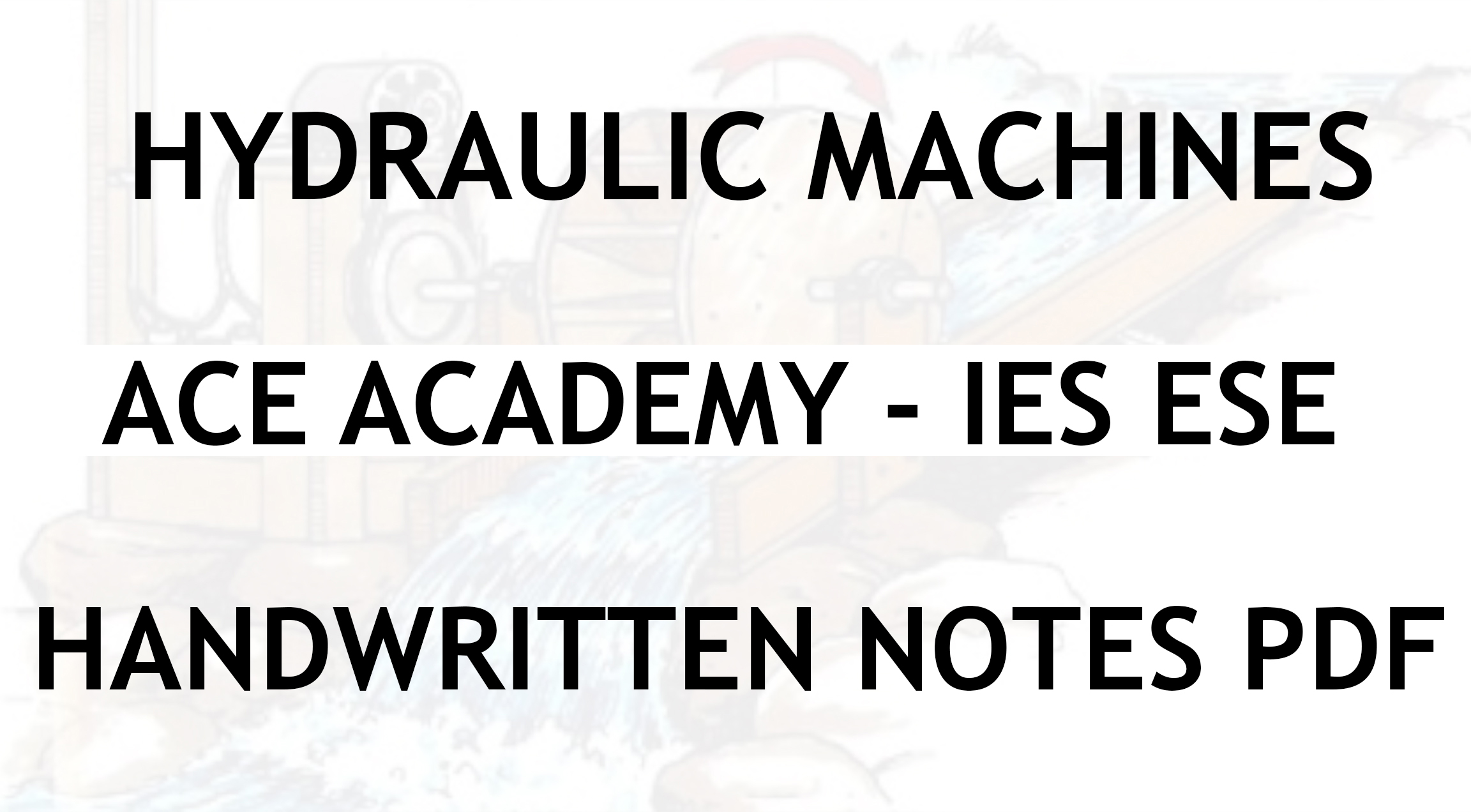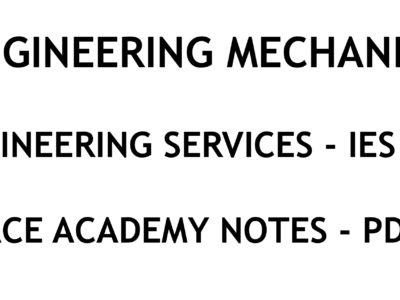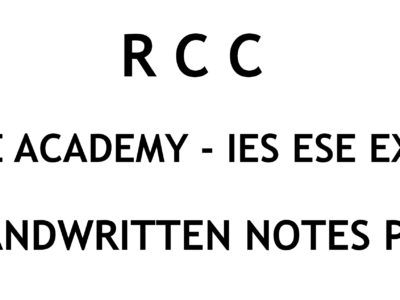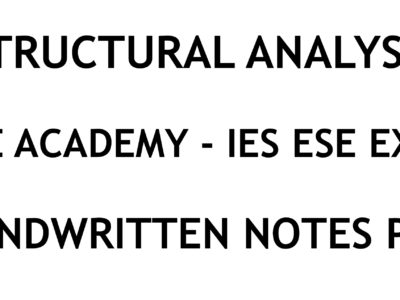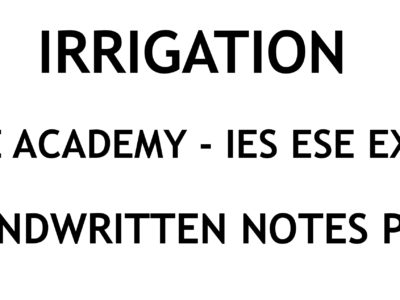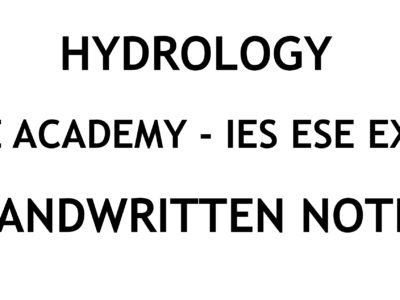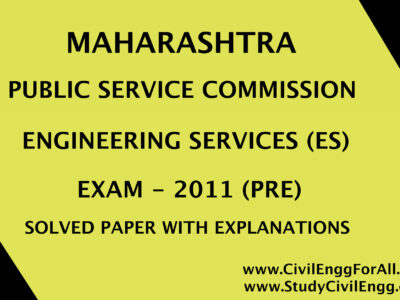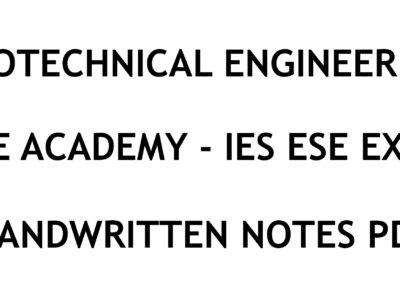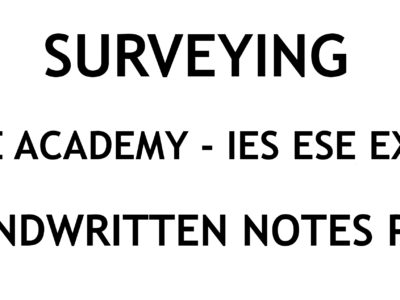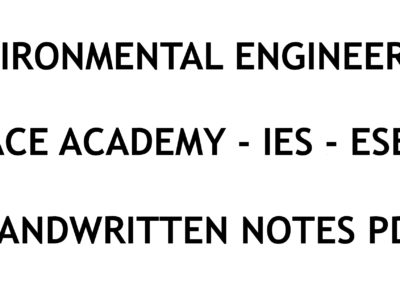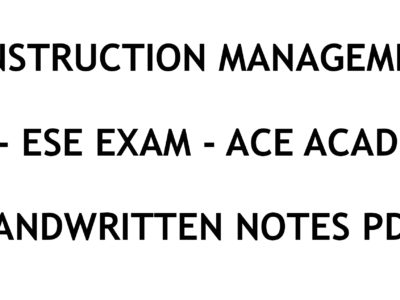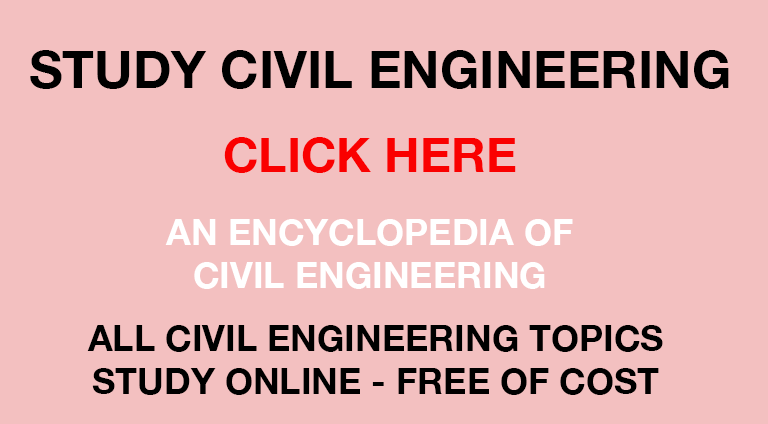HYDRAULIC MACHINES
ACE ACADEMY IES ESE HANDWRITTEN CLASSROOM NOTES
ENGINEERING SERVICES GOVT JOBS EXAMINATION NOTES
FREE DOWNLOAD PDF
Hydraulic Machines IES ESE Ace Academy Handwritten Notes PDF Free Download
PLEASE NOTE : MOST OF THE PDF’S AVAILABLE IN THE INTERNET WITH THE NAME OF IES ACE ACADEMY NOTES ARE FAKE. FOR THE SAKE OF INCREASING THEIR WEBSITE POPULARITY/TRAFFIC, FEW WEBSITES ARE ALLEGEDLY PROVIDING SOME USELESS MATERIALS WITH THE NAME OF IES ACE ACADEMY NOTES WHICH IN RETURN MIGHT RUIN STUDENT’S VALUABLE MARKS. TO HELP THE STUDENTS WHO ARE WORKING THEIR LEVEL BEST TO CRACK THE RANKS, WE ARE PROVIDING ONLY VERIFIED ACE ACADEMY IES NOTES HERE. BUT HOWEVER THERE MIGHT BE SOME MANUAL ERRORS IN THE CONTENT OF THIS BOOK.

Hydraulic Machines IES ESE Ace Academy Handwritten Notes PDF Free Download
TOPICS COVERED IN THIS BOOK FOR IES EXAM FROM HYDRAULIC MACHINES
- Introduction to Hydraulic Machinery
- Hydroelectric Power Plants
- Classification & Types of Water Turbines
- Impulse Turbine (Pelton Wheel) – Construction, working and hydraulic analysis
- Reaction Turbines (Francis, Kaplan & Propeller Turbing) – Construction, working and hydraulic analysis
- Specific speed and performance of water turbines
- Cavitation in turbines
- Governing of water turbines
- Reciprocating pumps
- Rotodynamic Pumps (Centrifugal pumps)
- Specific speed & performance characteristics of centrifugal pumps
- Cavitation in centrifugal pump
- Miscellaneous pumps, lifting devices and hydraulic equipment
Turbines
Turbines are used for converting hydraulic energy into mechanical energy. The capital cost of hydraulic power plants, i.e., reservoir, pipelines, turbines, etc., is higher than thermal power station but they have many advantag~s and some of them are given below.
• higher efficiency
• opemtional tlexibility
• ease of maintenance
• long wear and tear
• potentially inexhaustible source of energy
• no atmospheric pollution
• an attraction for tourism
The hydraulic turbines are classified into two types, impulse and reaction. There is no pressure drop across the moving blades, whereas in reaction turbines the pressure drop is divided in the guide vanes and moving blades. The reaction turbines are low head high flow rate machines. For raction turbines, the rotor is surrounded by a casing (or volute), which is completely filled with the working fluid. Turbines are manufactured in a variety of configurations, radical flow, axial flow and mixed flow. Typical radial and mixed flow hydraulic turbine is Francis turbine, named after James B. Francis, an American engineer. In this turbine the energy available in water is transfered to the shaft by means of a rotating runner and resulting torque transferred by rotating shaft can drive the eletric generator.
Pelton turbine is chosen when operating head is more than 300 m. One of the largest single unit installed at Newcolgate Power Station, California, USA has rating of 170 MW.
Pelton Turbine Description
Pelton turbine is an impulse turbine as there is no pressure drop across the buckets. The tlow is axial, i.e., there is no change in peripheral velocity and water enters and leaves the buckets at the same radius. Water supplied is from a high head through a long conduit called penstock. The water is accelerated in the nozzle and the head is converted into velocity and discharges at high speed in the form of a jet at atmospheric pressure. The jet strikes detlecting buckets attached to the rim of a rotating wheel (runner) as shown in Fig. 5.1. The kinetic energy of the jet is lost to the buckets and water discharged at relatively low speed falls into lower reservoir or tail race. The tail race is set to avoid submerging the wheel during tloded conditions. When large amount of water is available the power can be obtained by connecting two wheels to a single shaft or by arranging two or more jets to a single wheel. The buckets are double hemispherical in shape. The water strikes the bucket in the centre and tlows, out at both sides making a U tum. The surface inside the buckets is polished and smooth to reduce hydraulic losses. A costly material like broonze or stainless steel is generally used for the buckets. The buckets are detachable. When the load is removed the water is suddenly cut off from the nozzle but it is directed to deflector plate. The deflector plate that comes into operation cuts off water supply to the wheel. The water from deflector plate goes to the tail race. The nozzle spear moving inside the nozzle controls water to the turbine. Its operation is explained in the regulation of turbine.
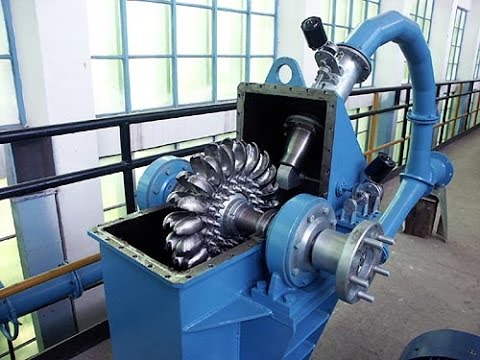
Francis Turbine
The flow is contained in a spiral casing called volute that channel the water into the runner. The volute has decreasing area to maintain uniform velocity, to the row of stationary vanes. The water passes through row of fixed guide vanes followed by adjustable guide vanes. The flow can be varied when the turbine is working at partial loads by changing the crosssectional area between the guide vanes. The water then passes through the runner with radial vanes. The water enters the runner at large radius and leaves the runner blades at a smaller radius. The interaction between the fluid and runner blades results in torque applied to the runner. The runner is connected to the driving shaft to drive an electric generator. The water after doing the work leaves through the draft tube. It is essentially a diffuser whose area increases in the direction of the fluid flow. As area increases velocity decreases and pressure rises. It produces a negative pressure at turbine exit and thus increases the head over the turbine which means more power. There is energy loss at various components from the reservoir to the tail race. There is energy loss in the penstock conveying water to the turbine losses in fixed guide vanes, and also adjustable guide vanes, and runner vanes. There is also head loss in the draft tube and residual kinetic energy loss at exit from the draft tube.
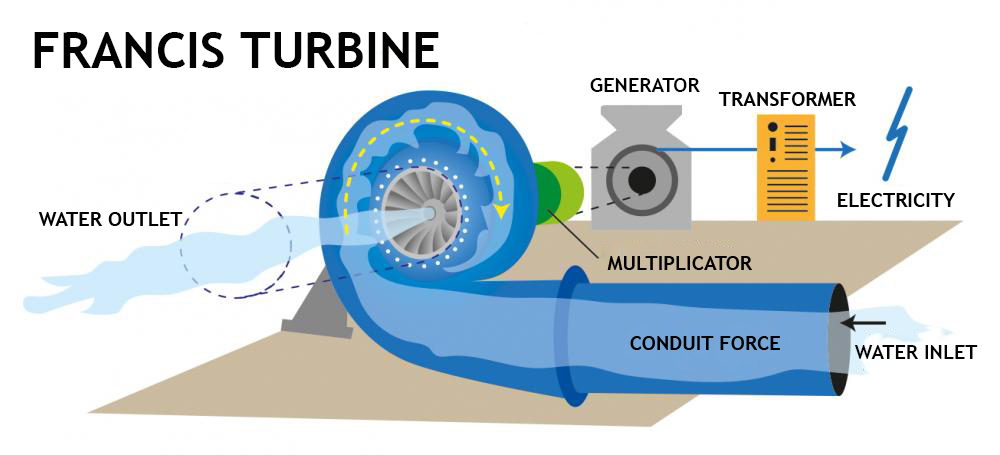

Kaplan Turbine
The Propeller turbine is suitable when the load on turbine remains constant. It has low efficiency at part load, as blade angles do not change and water enters with shock accompanied with losses. The Kaplan turbine is fitted with adjustable runner blades and both guide vanes and runner blades act simultaneously. The blade angles changes automatically by servo motor as load changes. Thus Kaplan has high efficiency as part loads. Governing equations of Kaplan turbine are similar to propeller turbines.

DOWNLOAD LINK : Hydraulic Machines IES ESE Engineering Services Ace Academy Handwritten Classroom Notes Free Download PDF
PASSWORD : CivilEnggForAll
OTHER USEFUL LINKS FROM CIVILENGGFORALL
ENVIRONMENTAL ENGINEERING ACE ACADEMY IES EXAM NOTES : CLICK HERE
RCC ACE ACADEMY IES EXAM NOTES : CLICK HERE
STRENGTH OF MATERIALS ACE ACADEMY IES EXAM NOTES : CLICK HERE
TRANSPORTATION ENGINEERING ACE ACADEMY IES EXAM NOTES : CLICK HERE
HYDROLOGY ACE ACADEMY IES EXAM NOTES : CLICK HERE
IRRIGATION ACE ACADEMY IES EXAM NOTES : CLICK HERE
SURVEYING ACE ACADEMY IES EXAM NOTES : CLICK HERE
MATHS MADE EASY HANDWRITTEN NOTES : CLICK HERE
REASONING AND APTITUDE MADE EASY GATE HANDWRITTEN NOTES : CLICK HERE
OPEN CHANNEL FLOW MADE EASY GATE HANDWRITTEN NOTES : CLICK HERE
ENGINEERING MECHANICS MADE EASY GATE HANDWRITTEN NOTES : CLICK HERE
